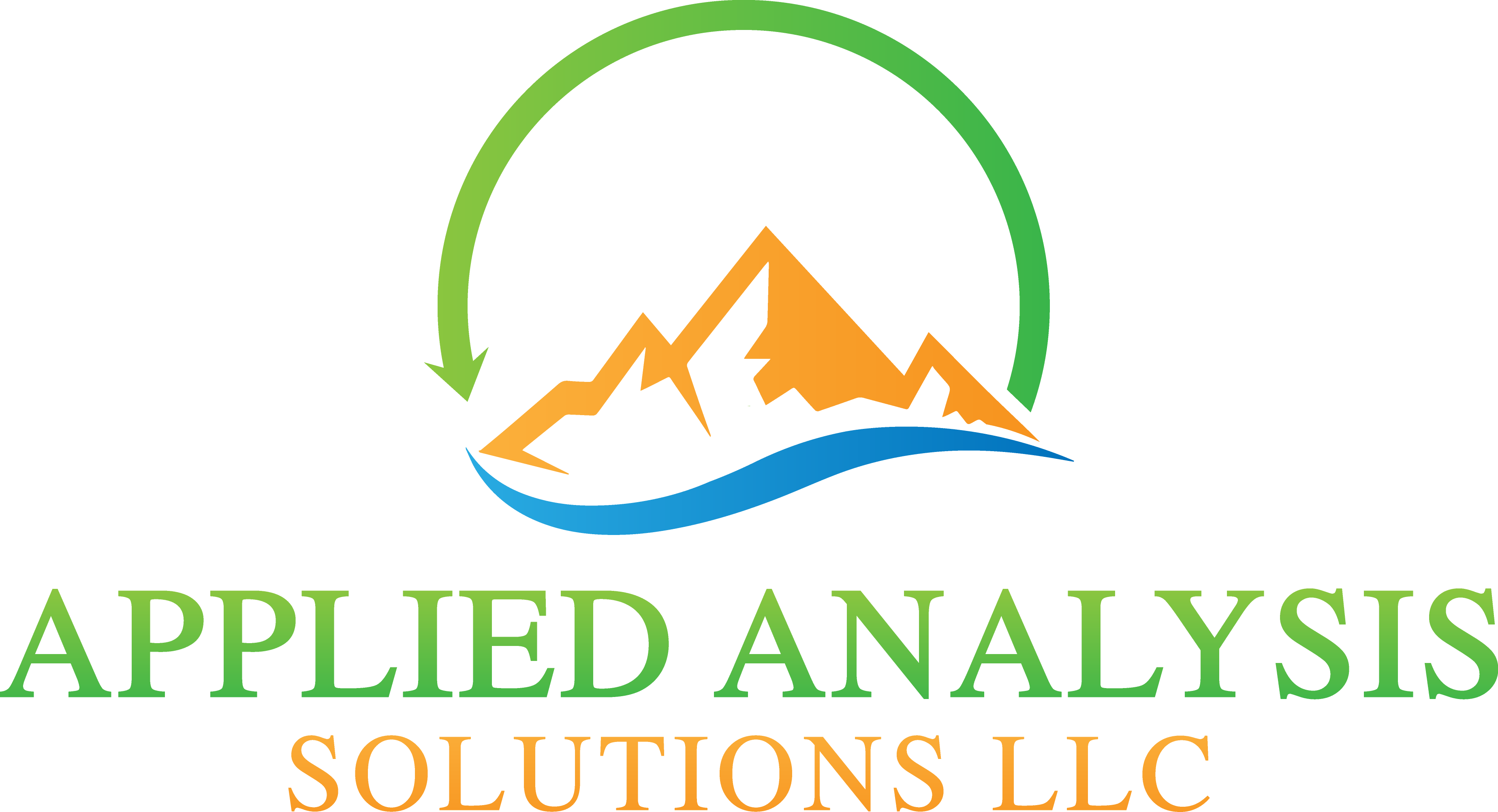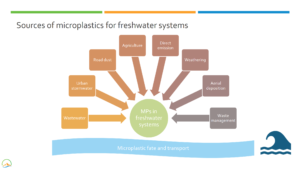2021
Holmes, C.M. (Applied Analysis Solutions, LLC)
Prospective Modelling of Microplastic Exposure in Freshwater Systems Presentation
03.25.2021.
Abstract | Links | Tags: 2021, Presentation, SETAC Virtual Seminars
@misc{2021Micro,
title = {Prospective Modelling of Microplastic Exposure in Freshwater Systems},
author = {Holmes, C.M. (Applied Analysis Solutions, LLC)},
url = {https://appliedanalysis.solutions/wp-content/uploads/2021/06/SETAC-MP-Seminar-4-Holmes-Freshwater-modeling-of-MPs.pdf, View Presentation},
year = {2021},
date = {2021-03-25},
urldate = {2021-03-25},
abstract = {Understanding the sources, emissions and environmental fate of plastics is a challenge being examined in parallel with empirical methods of microplastic detection, characterization and quantification. Freshwater systems are increasingly being identified as significant sources of microplastics within the marine environment. Plastics can enter freshwater systems from many sources, such as direct emission (e.g., watsewater treatment plants), via runoff from land surfaces (e.g., urban stormwater, road washoff, agricultural land), air deposition, and direct entry of macroplastics from mismanaged waste/recycling. This presentation will discuss aspects related to the entry, fate and transport of microplastics in riverine environments, and how prospective exposure modelling can help provide information to support subsequent exposure and risk assessment. The scientific body of knowledge related to microplastic exposure, effects and potential risk continues to expand. And as with management of other substances entering the environment, good science should be our guiding principle to inform any decision making process.},
keywords = {2021, Presentation, SETAC Virtual Seminars},
pubstate = {published},
tppubtype = {presentation}
}
Understanding the sources, emissions and environmental fate of plastics is a challenge being examined in parallel with empirical methods of microplastic detection, characterization and quantification. Freshwater systems are increasingly being identified as significant sources of microplastics within the marine environment. Plastics can enter freshwater systems from many sources, such as direct emission (e.g., watsewater treatment plants), via runoff from land surfaces (e.g., urban stormwater, road washoff, agricultural land), air deposition, and direct entry of macroplastics from mismanaged waste/recycling. This presentation will discuss aspects related to the entry, fate and transport of microplastics in riverine environments, and how prospective exposure modelling can help provide information to support subsequent exposure and risk assessment. The scientific body of knowledge related to microplastic exposure, effects and potential risk continues to expand. And as with management of other substances entering the environment, good science should be our guiding principle to inform any decision making process.

